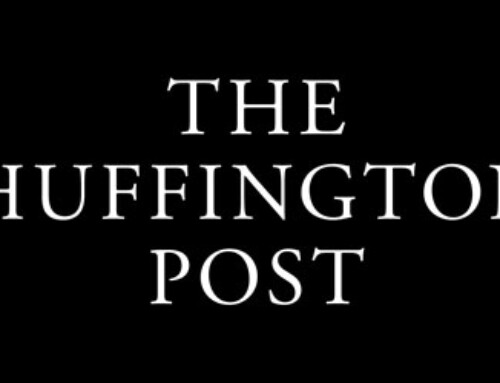The arts can change lives and save lives. This has been true over the course of human history, and the people who want to do away with arts and humanities programs in schools are on the wrong side of history. Yet, we constantly hear about state and federal arts programs under attack for lack of funding, while millions are thrown at sports and standardized testing. One of the most significant lessons the arts and humanities teach us is that life is not standardized, and everyone has to figure out their own story.
Art, by its nature, is naturally subversive. Great art often challenges the dominant culture, and its effects are so personal that how it affects an individual or the wider population is almost impossible to quantify. It’s possible that some things aren’t meant to be quantified. Not every emotional experience needs to be dissected and picked apart, and all art conveys an emotional experience.
In a time when going to college means earning a degree to get the highest paying job, the arts and humanities aren’t looked upon as a way to get anywhere. While the value of art and culture is reinforced by our most popular art forms of movies and TV shows, the wide-ranging effects of every type of art in our lives may always be unknown. If a movie ever made you lose track of time and you became emotionally invested in the characters lives, you know the importance of art.
The history of humanity is known and understood through the arts and artifacts left behind. Whether people relate storytelling on TV and the hit songs on Billboard’s top 100 to every form of art and culture doesn’t matter. What matters is that artists are still creating paintings and photographs as fine art, writers are still writing novels and stories, songwriters are making songs, and sculptors are making large objects that reflect how we live in our modern digital landscape.
We define our lives and our perspective on life through our culture. A painter working on a mural for the WPA arts program in the 1930s, Jackson Pollack spilling paint on a canvas in a New York City loft in the 1950s, or Dustin Yellin encasing thousands of tiny images in polymer to create mini-monolithic digital-age collages all represent the world they found themselves in, and made sense of it in their own way.
Artists learn how to be artists by learning about and copying from what has come before. Creation feeds upon itself. How many countless hours of inspiration which led to culture-shifting ideas and inventions came from watching a movie, listening to music, or viewing a work of art? In the same way a doctor spends countless hours learning to be a doctor, an artist learns by countless hours of learning from the past and applying it to the cultural now. Deciding whether a child should have funding to learn to be an artist or a doctor isn’t an either or decision. A healthy society has to have both. Art touches every part of our lives and shapes us from the time we are small children. Art provides much needed emotional intelligence, beauty, and thoughtfulness in a world driven mad by over-objectivity, and precision for the sake of precision. To think the world can get along without creative aspirations and new creations in every form possible is to imagine a bland, uninteresting world no one should be forced to think about, much less live in.



